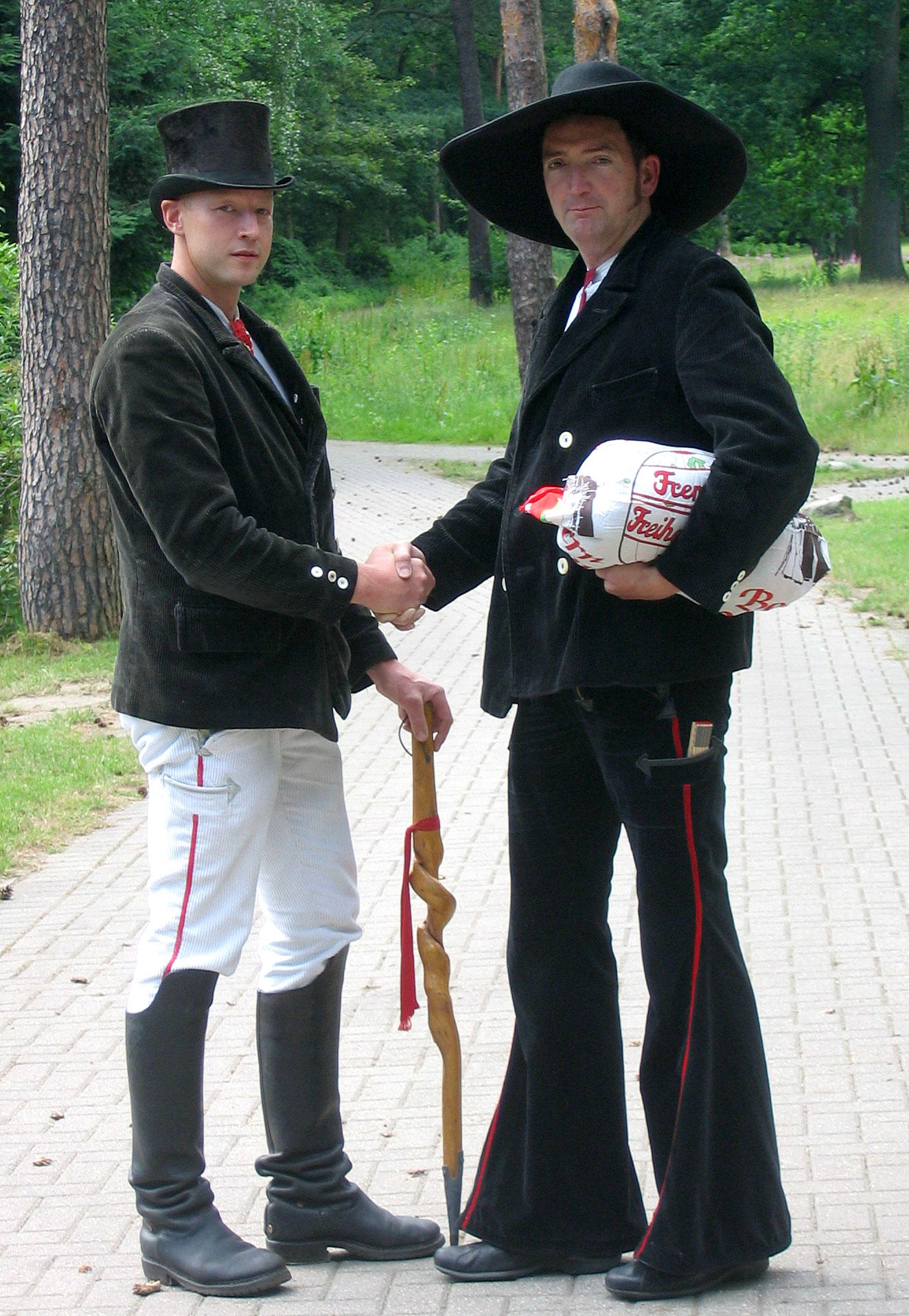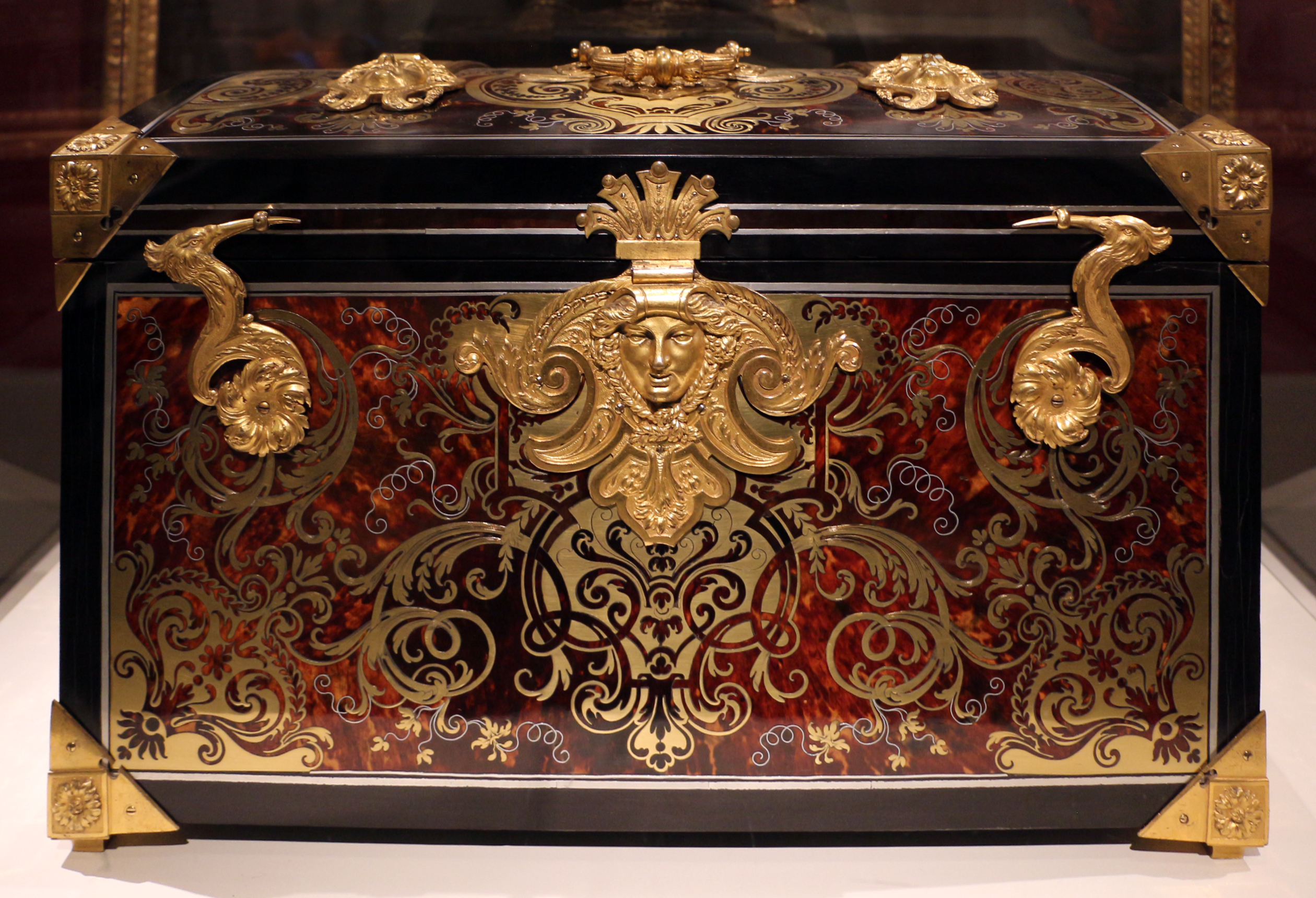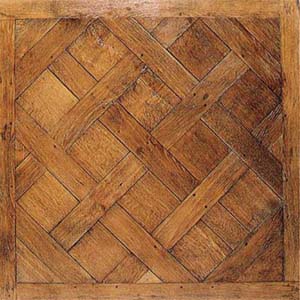|
Charles Gretton
Charles Gretton was an English clock and watchmaker during the golden age of English clockmaking. Early life Gretton was baptised in Claypole, Lincolnshire, on 24 January 1647/48. He was possibly the third youngest of nine or ten children. His mother was Agnes (Anne), née Atterby, and his father was Charles, a cottager, who held pieces of land and livestock. When his father died, Charles inherited two shillings. Career Charles Gretton left Claypole for London at the age of 14 to Apprenticeship, apprentice under Humphrey Downing, a freeman of the Worshipful Company of Blacksmiths. Downing had his premises on Chancery Lane. This location was spared from the Great Fire of London in 1666, but in December of the same year, Downing died. It is believed that Charles continued his apprenticeship under Cordelia Downing, Humphrey’s wife, and later worked as a journeyman until he was made freemanof the Worshipful Company of Clockmakers (the 'Clockmakers' Company') on 3 June 1672. ... [...More Info...] [...Related Items...] OR: [Wikipedia] [Google] [Baidu] |
Watchmaker
A watchmaker is an artisan who makes and repairs watches. Since a majority of watches are now factory-made, most modern watchmakers only repair watches. However, originally they were master craftsmen who built watches, including all their parts, by hand. Modern watchmakers, when required to repair older watches, for which replacement parts may not be available, must have fabrication skills, and can typically manufacture replacements for many of the parts found in a watch. The term clockmaker refers to an equivalent occupation specializing in clocks. Most practising professional watchmakers service current or recent production watches. They seldom fabricate replacement parts. Instead they obtain and fit factory spare parts applicable to the watch brand being serviced. The majority of modern watchmakers, particularly in Switzerland and other countries in Europe, work directly for the watchmaking industry and may have completed a formal watchmaking degree at a technical school. ... [...More Info...] [...Related Items...] OR: [Wikipedia] [Google] [Baidu] |
Journeyman
A journeyman, journeywoman, or journeyperson is a worker, skilled in a given building trade or craft, who has successfully completed an official apprenticeship qualification. Journeymen are considered competent and authorized to work in that field as a fully qualified employee. They earn their license by education, supervised experience and examination. Although journeymen have completed a trade certificate and are allowed to work as employees, they may not yet work as self-employed master craftsmen. The term "journeyman" was originally used in the medieval trade guilds. Journeymen were paid daily and the word "journey" is derived from ''journée'', meaning "whole day" in French. Each individual guild generally recognised three ranks of workers: apprentices, journeymen, and masters. A journeyman, as a qualified tradesman could become a master and run their own business, but most continued working as employees. Guidelines were put in place to promote responsible tradesmen, who ... [...More Info...] [...Related Items...] OR: [Wikipedia] [Google] [Baidu] |
Lacquer
Lacquer is a type of hard and usually shiny coating or finish applied to materials such as wood or metal. It is most often made from resin extracted from trees and waxes and has been in use since antiquity. Asian lacquerware, which may be called "true lacquer", are objects coated with the treated, dyed and dried sap of ''Toxicodendron vernicifluum'' or related trees, applied in several coats to a base that is usually wood. This dries to a very hard and smooth surface layer which is durable, waterproof, and attractive in feel and look. Asian lacquer is sometimes painted with pictures, inlaid with shell and other materials, or carved, as well as dusted with gold and given other further decorative treatments. In modern techniques, lacquer means a range of clear or pigmented coatings that dry by solvent evaporation to produce a hard, durable finish. The finish can be of any sheen level from ultra matte to high gloss, and it can be further polished as required. Lacquer finishes ... [...More Info...] [...Related Items...] OR: [Wikipedia] [Google] [Baidu] |
Ebony
Ebony is a dense black/brown hardwood, coming from several species in the genus ''Diospyros'', which also contains the persimmons. Unlike most woods, ebony is dense enough to sink in water. It is finely textured and has a mirror finish when polished, making it valuable as an ornamental wood. The word ''ebony'' comes from the Ancient Egyptian ', through the Ancient Greek ('), into Latin and Middle English. Species Species of ebony include ''Diospyros ebenum'' (Ceylon ebony), native to southern India and Sri Lanka; '' D. crassiflora'' (Gabon ebony), native to western Africa; and '' D. celebica'' (Sulawesi ebony), native to Indonesia and prized for its luxuriant, multi-colored wood grain. Mauritius ebony, '' D. tessellaria'', was largely exploited by the Dutch in the 17th century. Some species in the genus yield an ebony with similar physical properties, but striped rather than the even black of ''D. ebenum''. Uses Ebony has a long history of use, and carved pieces have be ... [...More Info...] [...Related Items...] OR: [Wikipedia] [Google] [Baidu] |
Marquetry
Marquetry (also spelled as marqueterie; from the French ''marqueter'', to variegate) is the art and craft of applying pieces of veneer to a structure to form decorative patterns, designs or pictures. The technique may be applied to case furniture or even seat furniture, to decorative small objects with smooth, veneerable surfaces or to freestanding pictorial panels appreciated in their own right. Marquetry differs from the more ancient craft of inlay, or intarsia, in which a solid body of one material is cut out to receive sections of another to form the surface pattern. The word derives from a Middle French word meaning "inlaid work". Materials The veneers used are primarily woods, but may include bone, ivory, turtle-shell (conventionally called "tortoiseshell"), mother-of-pearl, pewter, brass or fine metals. Marquetry using colored straw was a specialty of some European spa resorts from the end of the 18th century. Many exotic woods as well as common European varieties ... [...More Info...] [...Related Items...] OR: [Wikipedia] [Google] [Baidu] |
Parquetry
Parquet (; French for "a small compartment") is a geometric mosaic of wood pieces used for decorative effect in flooring. Parquet patterns are often entirely geometrical and angular—squares, triangles, lozenges—but may contain curves. The most popular parquet flooring pattern is herringbone. Etymology The word derives from the Old French ''parchet'' (the diminutive of ''parc''), literally meaning "''a small enclosed space''". History Large diagonal squares known as ''parquet de Versailles'' were introduced in 1684 as ''parquet de menuiserie'' ("woodwork parquet") to replace the marble flooring that required constant washing, which tended to rot the joists beneath the floors. Such ''parquets en losange'' were noted by the Swedish architect Daniel Cronström at Versailles and at the Grand Trianon in 1693. Materials Timber contrasting in color and grain, such as oak, walnut, cherry, lime, pine, maple etc. are sometimes employed, and in the more expensive kinds the ric ... [...More Info...] [...Related Items...] OR: [Wikipedia] [Google] [Baidu] |
Grandfather Clock
A grandfather clock (also a longcase clock, tall-case clock, grandfather's clock, or floor clock) is a tall, freestanding, weight-driven pendulum clock with the pendulum held inside the tower or waist of the case. Clocks of this style are commonly 1.8–2.4 metres (6–8 feet) tall with an enclosed pendulum and weights suspended by either cables or chains which have to be calibrated occasionally to keep the proper time. The case often features elaborately carved ornamentation on the hood (or bonnet), which surrounds and frames the dial, or clock face. The English clockmaker William Clement is credited with the development of this form in 1670. Until the early 20th century, pendulum clocks were the world's most accurate timekeeping technology, and longcase clocks, due to their superior accuracy, served as time standards for households and businesses. Today they are kept mainly for their decorative and antique value, having been widely replaced by both analog and digital ti ... [...More Info...] [...Related Items...] OR: [Wikipedia] [Google] [Baidu] |
Porcelain
Porcelain () is a ceramic material made by heating substances, generally including materials such as kaolinite, in a kiln to temperatures between . The strength and translucence of porcelain, relative to other types of pottery, arises mainly from vitrification and formation of the mineral mullite within the body at these high temperatures. Though definitions vary, porcelain can be divided into three main categories: hard-paste, soft-paste, and bone china. The category that an object belongs to depends on the composition of the paste used to make the body of the porcelain object and the firing conditions. Porcelain slowly evolved in China and was finally achieved (depending on the definition used) at some point about 2,000 to 1,200 years ago; it slowly spread to other East Asian countries, then to Europe, and eventually to the rest of the world. Its manufacturing process is more demanding than that for earthenware and stoneware, the two other main types of pottery, and it ... [...More Info...] [...Related Items...] OR: [Wikipedia] [Google] [Baidu] |
Polychrome
Polychrome is the "practice of decorating architectural elements, sculpture, etc., in a variety of colors." The term is used to refer to certain styles of architecture, pottery or sculpture in multiple colors. Ancient Egypt Colossal statue of Tutankhamun Paris 2019 A.jpg, Polychrome quartzite colossal statue of Tutankhamun, 1355-1315 BC Nofretete Neues Museum.jpg, Polychrome limestone and plaster ''Bust of Nefertiti'', 1352–1336 BC Composite Papyrus Capital MET 10.177.2 EGDP018080.jpg, Polychrome sandstone Composite papyrus capital, 380–343 BC Medinet Habu 2016-03-23g.jpg, Polychrome winged sun on a cavetto from the Medinet Habu temple complex, unknown date Classical world Some very early polychrome pottery has been excavated on Minoan Crete such as at the Bronze Age site of Phaistos. In ancient Greece sculptures were painted in strong colors. The paint was frequently limited to parts depicting clothing, hair, and so on, with the skin left in the natural co ... [...More Info...] [...Related Items...] OR: [Wikipedia] [Google] [Baidu] |
Repeater (horology)
A repeater is a complication in a mechanical watch or clock that chimes the hours and often minutes at the press of a button. There are many types of repeater, from the simple repeater which merely strikes the number of hours, to the minute repeater which chimes the time down to the minute, using separate tones for hours, quarter hours, and minutes. They originated before widespread artificial illumination, to allow the time to be determined in the dark, and were also used by the visually impaired. Now they are mostly valued as expensive novelties by watch and clock enthusiasts. Repeaters should not be confused with striking clocks or watches, which do not strike on demand, but merely at regular intervals. History The repeating clock was invented by the English cleric and inventor, the Reverend Edward Barlow in 1676. His innovation was the ''rack and snail'' striking mechanism, which could be made to repeat easily and became the standard mechanism used in both clock and wa ... [...More Info...] [...Related Items...] OR: [Wikipedia] [Google] [Baidu] |
Clock Watch
A clock or a timepiece is a device used to measure and indicate time. The clock is one of the oldest human inventions, meeting the need to measure intervals of time shorter than the natural units such as the day, the lunar month and the year. Devices operating on several physical processes have been used over the millennia. Some predecessors to the modern clock may be considered as "clocks" that are based on movement in nature: A sundial shows the time by displaying the position of a shadow on a flat surface. There is a range of duration timers, a well-known example being the hourglass. Water clocks, along with the sundials, are possibly the oldest time-measuring instruments. A major advance occurred with the invention of the verge escapement, which made possible the first mechanical clocks around 1300 in Europe, which kept time with oscillating timekeepers like balance wheels., pp. 103–104., p. 31. Traditionally, in horology, the term ''clock'' was used for a striki ... [...More Info...] [...Related Items...] OR: [Wikipedia] [Google] [Baidu] |
British Museum
The British Museum is a public museum dedicated to human history, art and culture located in the Bloomsbury area of London. Its permanent collection of eight million works is among the largest and most comprehensive in existence. It documents the story of human culture from its beginnings to the present.Among the national museums in London, sculpture and decorative and applied art are in the Victoria and Albert Museum; the British Museum houses earlier art, non-Western art, prints and drawings. The National Gallery holds the national collection of Western European art to about 1900, while art of the 20th century on is at Tate Modern. Tate Britain holds British Art from 1500 onwards. Books, manuscripts and many works on paper are in the British Library. There are significant overlaps between the coverage of the various collections. The British Museum was the first public national museum to cover all fields of knowledge. The museum was established in 1753, largely b ... [...More Info...] [...Related Items...] OR: [Wikipedia] [Google] [Baidu] |







.jpg)



